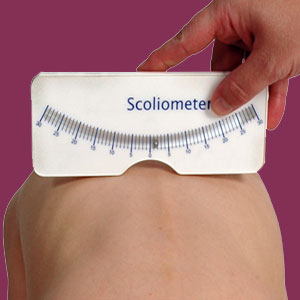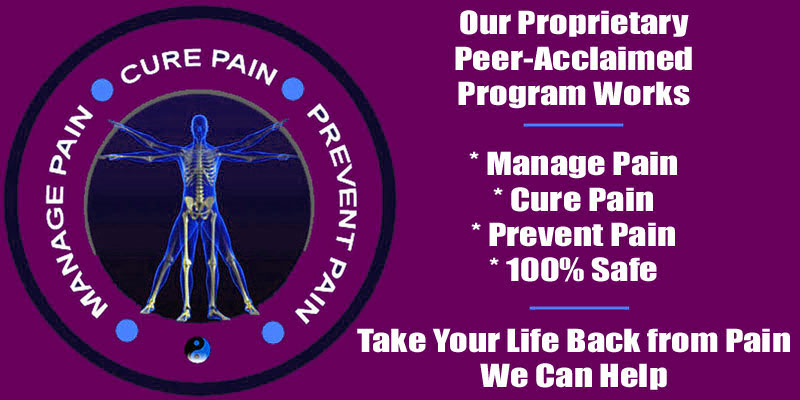
Misdiagnosed scoliosis is a topic very close to my heart, since I was mistakenly diagnosed with spinal curvature decades ago. Here at The Cure Back Pain Network, we see many cases of mistaken diagnosis when it comes to scoliosis, especially when the condition is deemed to be responsible for causing pain.
How could misdiagnosis occur with such an obvious structural condition? What are the consequences to the patient? Most importantly, how does one know if they have been mistakenly diagnosed with scoliosis or with pain attributed to scoliosis? These are all crucial questions to answer during the course of this essay.
This vital discussion focus on the misdiagnosis of lateral spinal curvature and the many problems this medical blunder creates.
Misdiagnosed Scoliosis Curvature
The least common type of misdiagnosis involving atypical spinal curvature includes cases where there is no true scoliosis at all. This is the type of misdiagnosis that happened to me due to the stupidity and greed of a criminal chiropractor decades ago. In my case, my spinal curvature was only a couple of degrees and turned out to be functional, rather than structural. However, this horrible man diagnosed me with “significant scoliosis which would require lifelong treatment” when I was only 16 years old. What a scam…
As a reminder, in order for scoliosis to exist, the atypical curvature must be at least 10 degrees and be of a structural nature. This minimum measurement was about 4.5 times greater than my actual curvature when I was diagnosed, yet the villain faced no penalties for his crime. He should have, since this diagnosis put me on the path towards decades of horrific back pain, due mostly to the nocebo effect set in motion during his sessions.
We see few cases where scoliosis does not exist, yet is diagnosed anyway. This type of criminal negligence rarely goes unnoticed anymore, but this type of misdiagnosis can still affect patients who are not proactive in their healthcare… Lesson 1: Always be involved in your own care and be a knowledgeable patient.
Misdiagnosed Pain from Spinal Curvature
The type of misdiagnosed scoliosis we see far, far more often is pain that is mistakenly attributed to the curvature. For a long time, scoliosis was considered inherently pathological, but now it is viewed as rarely pathological. Most minor to moderate cases do not cause pain now, nor will they ever. This is statistical fact. Severe cases can indeed cause back pain, along with other serious symptoms, but these are the exceptions to the rule.
Regardless of this truth, we still see many patients whose pain has been blamed on scoliosis, despite there being no evidence of pathology. Worse still, the symptoms rarely even correlate by location or expression, making the diagnosis that much more unenlightened. However, once patients are told that their pain comes from an atypical spinal curvature, they have already been exposed to a considerable nocebo effect and most will escalate in symptomology going forward…
Misdiagnosed Scoliosis Scenarios
We have never seen a single case of mistaken structural scoliosis caused by a medical doctor. Therefore, we highly suggest seeing a physician to diagnose or rule out scoliosis conditions. However, physicians are not immune to blaming pain incorrectly on scoliosis, so caution is still advised for patients who have been told that their symptoms are created by spinal curvature, even by a medical doctor.
We have seen some cases of misdiagnosed scoliosis by chiropractors. These cases are rare and becoming rarer, but they still exist. Remember that my own case involved criminal misdiagnosis by a person who had no right to be called a chiropractor or even an intelligent and ethical human being…
The majority of scoliosis misdiagnoses we see occur in school. So many kids are tagged with possible scoliosis by school nurses or healthcare workers that perform yearly checks on the children. This is a very serious topic and forms the basis of our coverage of schooliosis. You MUST read this essay in order to understand the blunders that typically occur when checking for scoliosis in public and private educational institutions…





